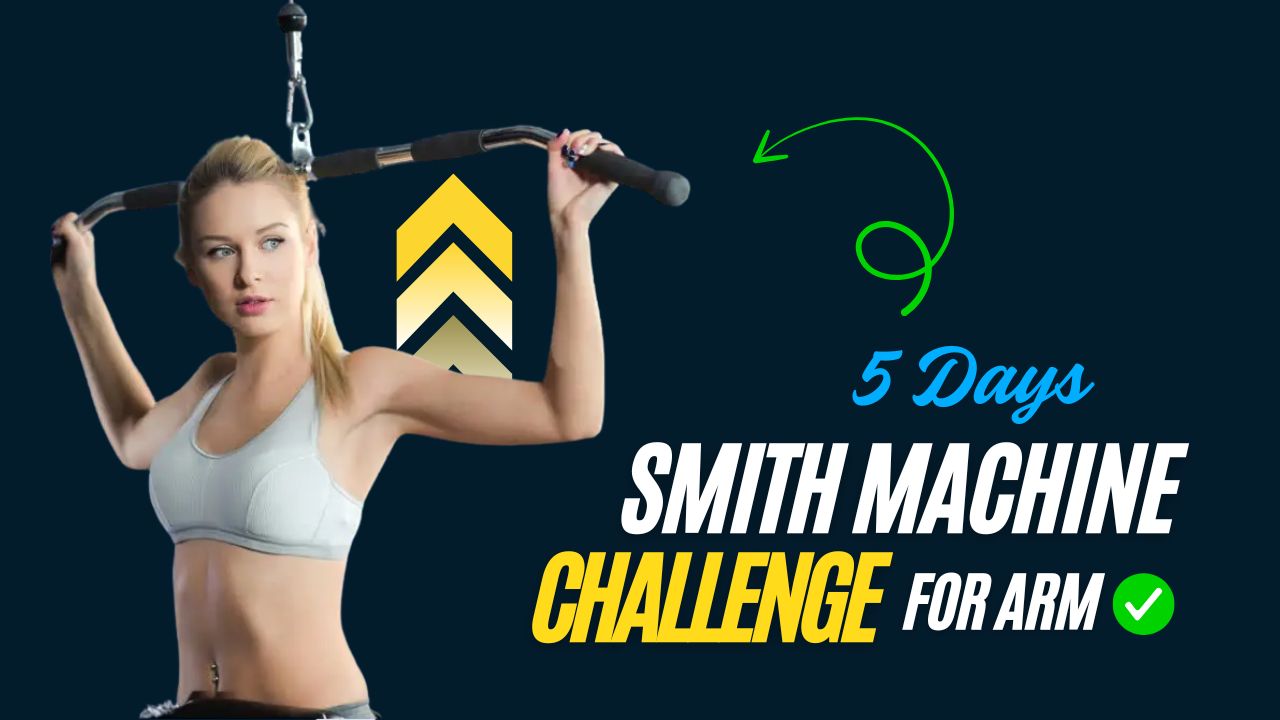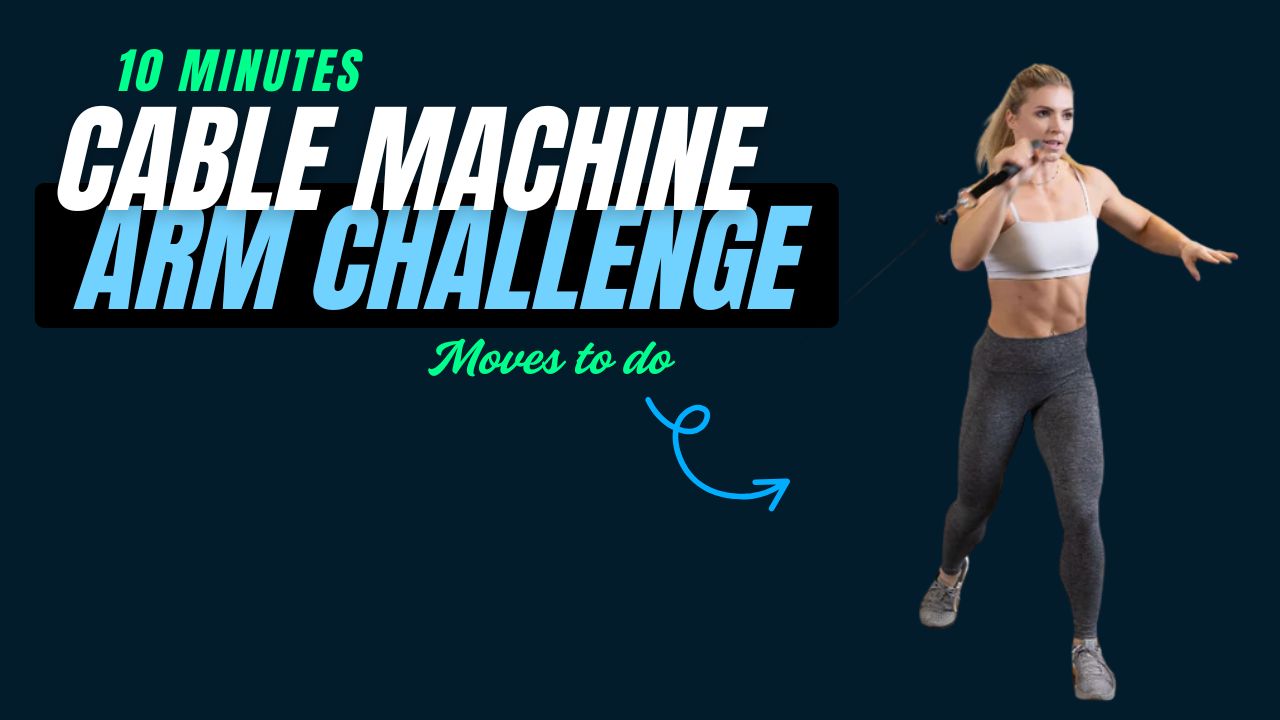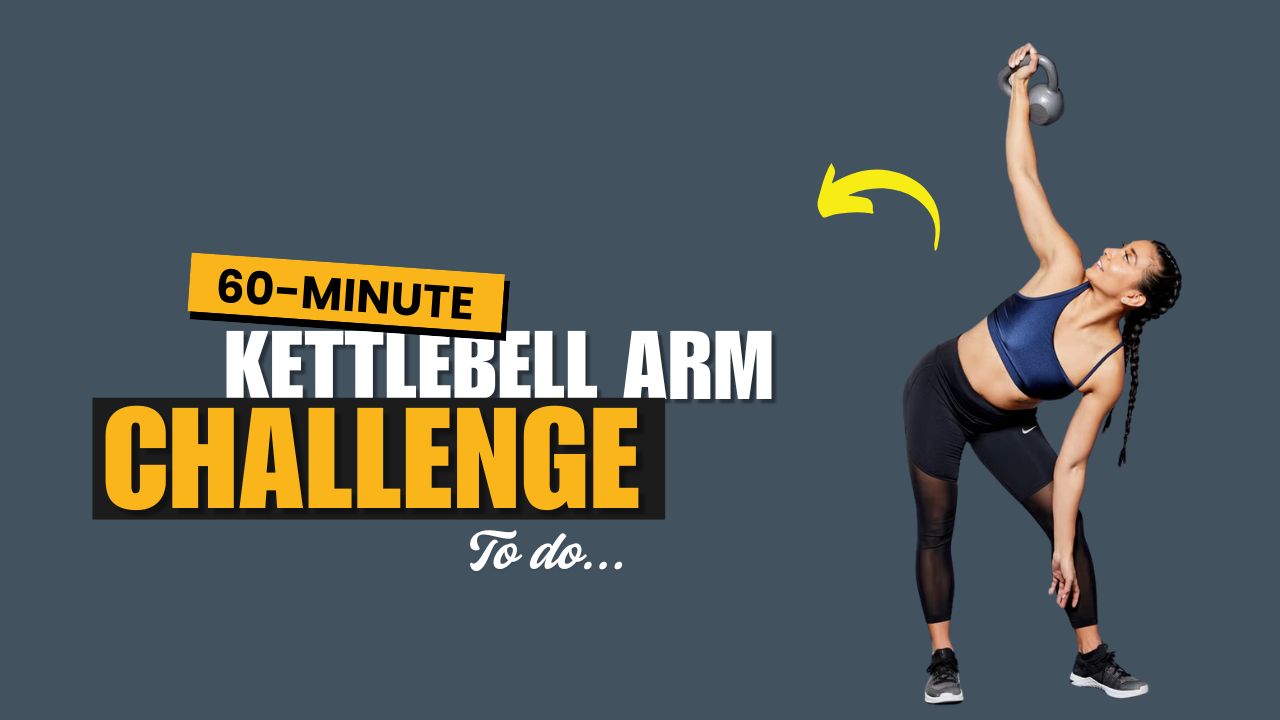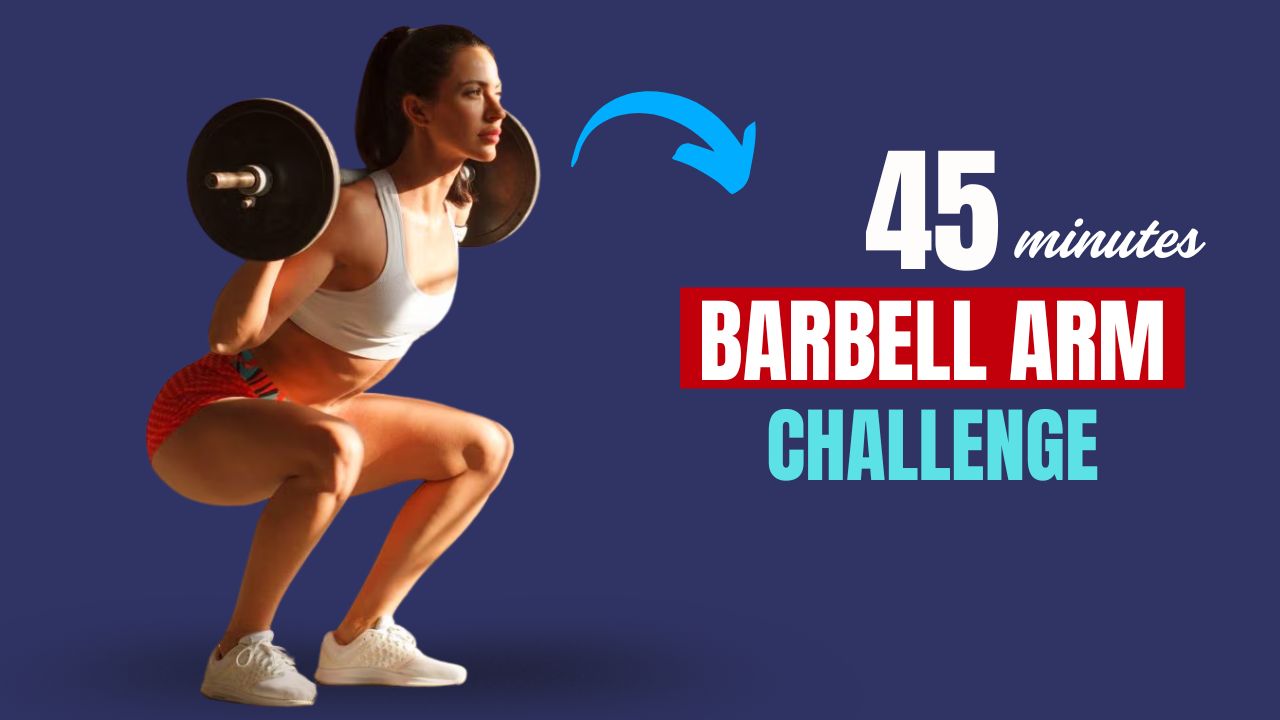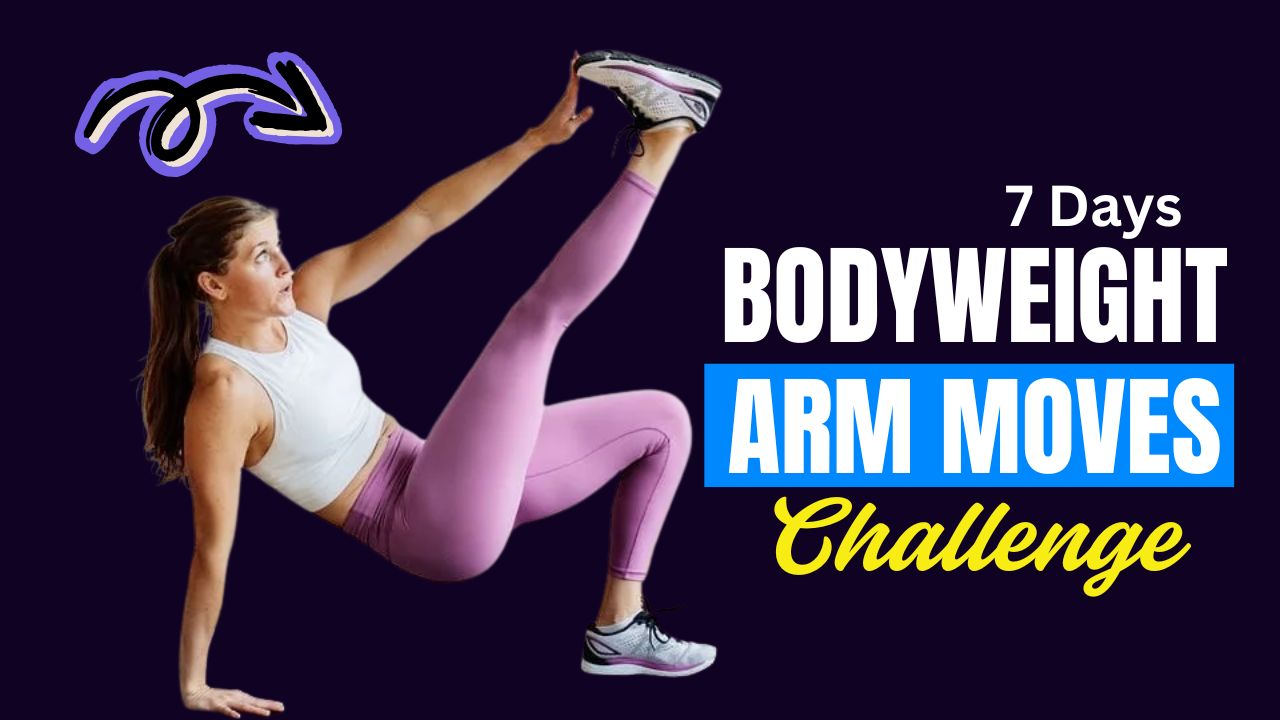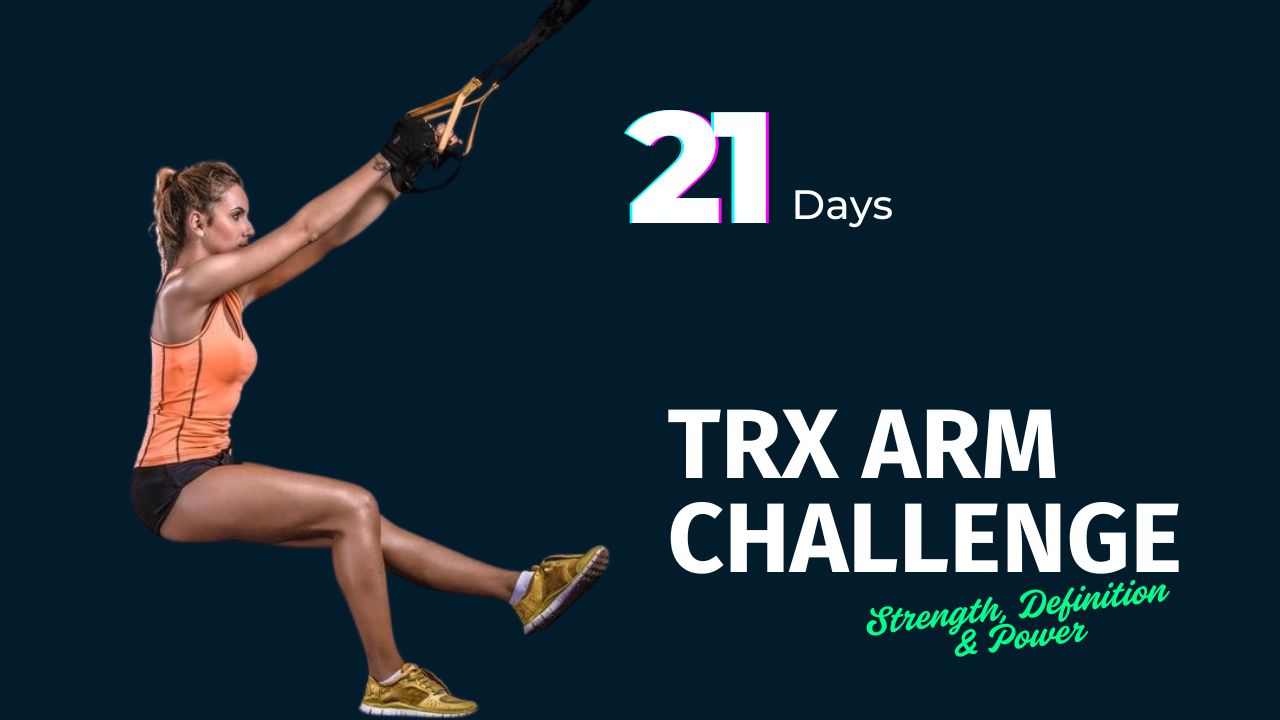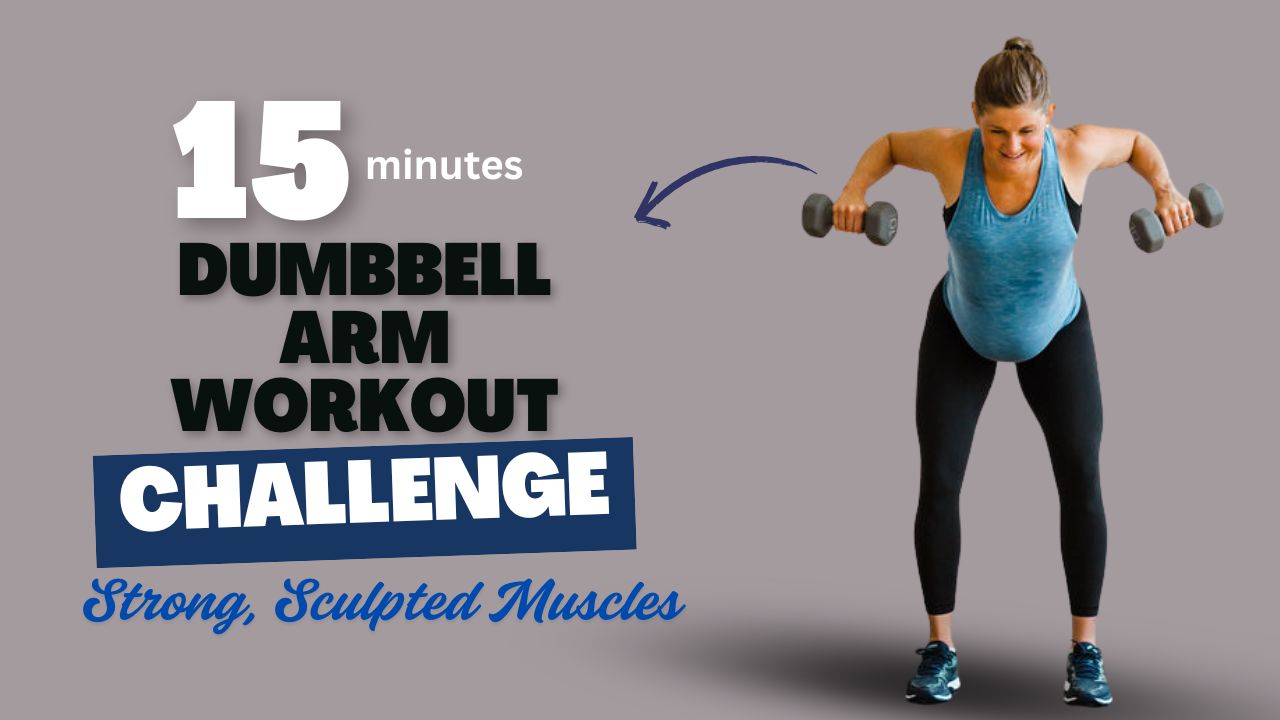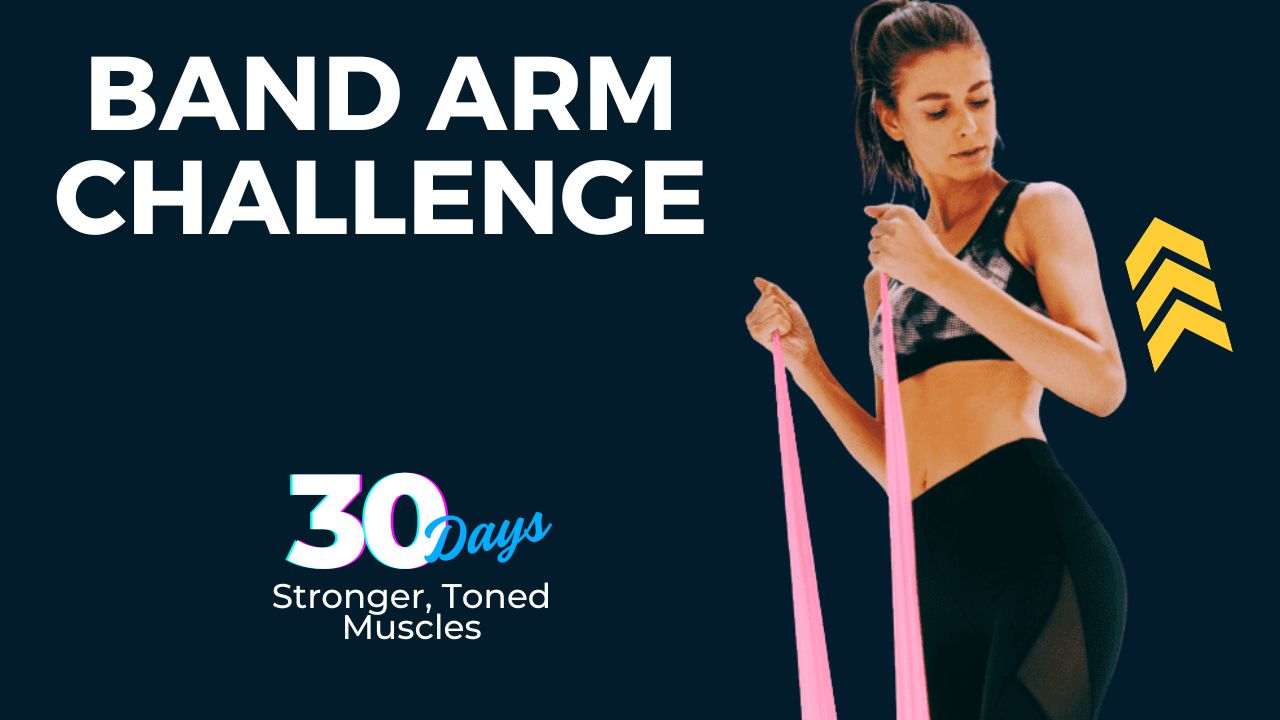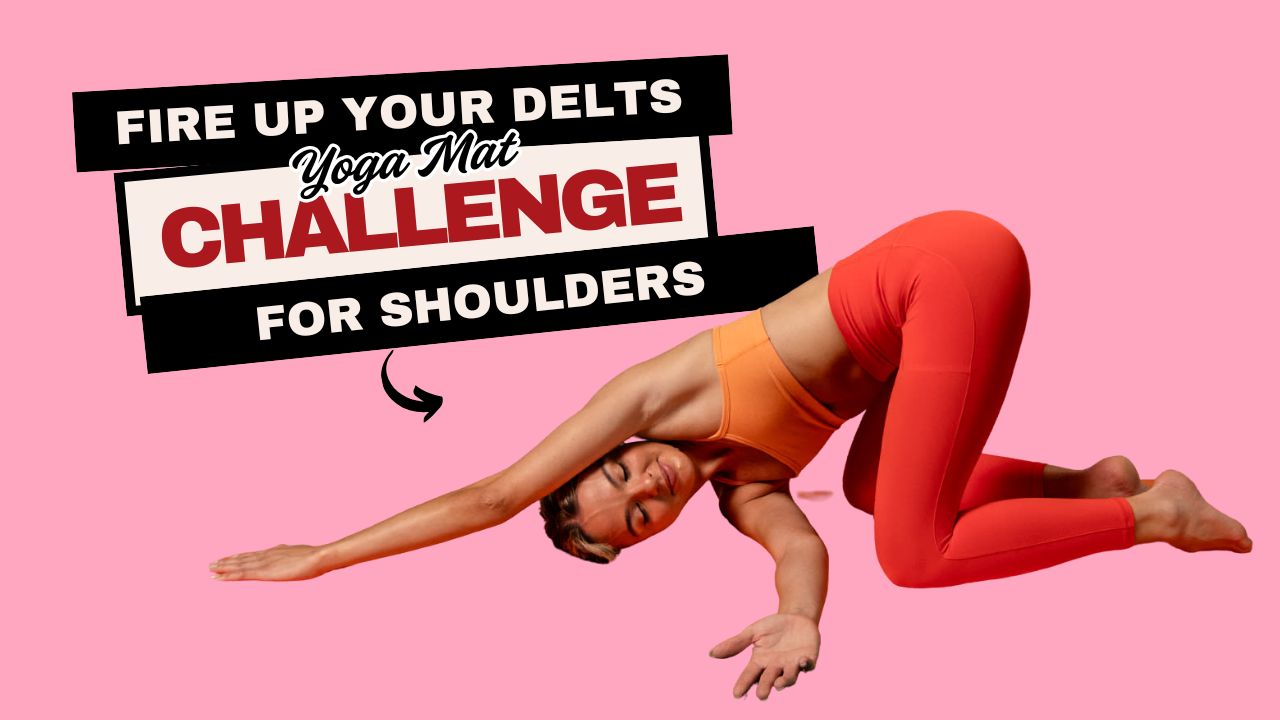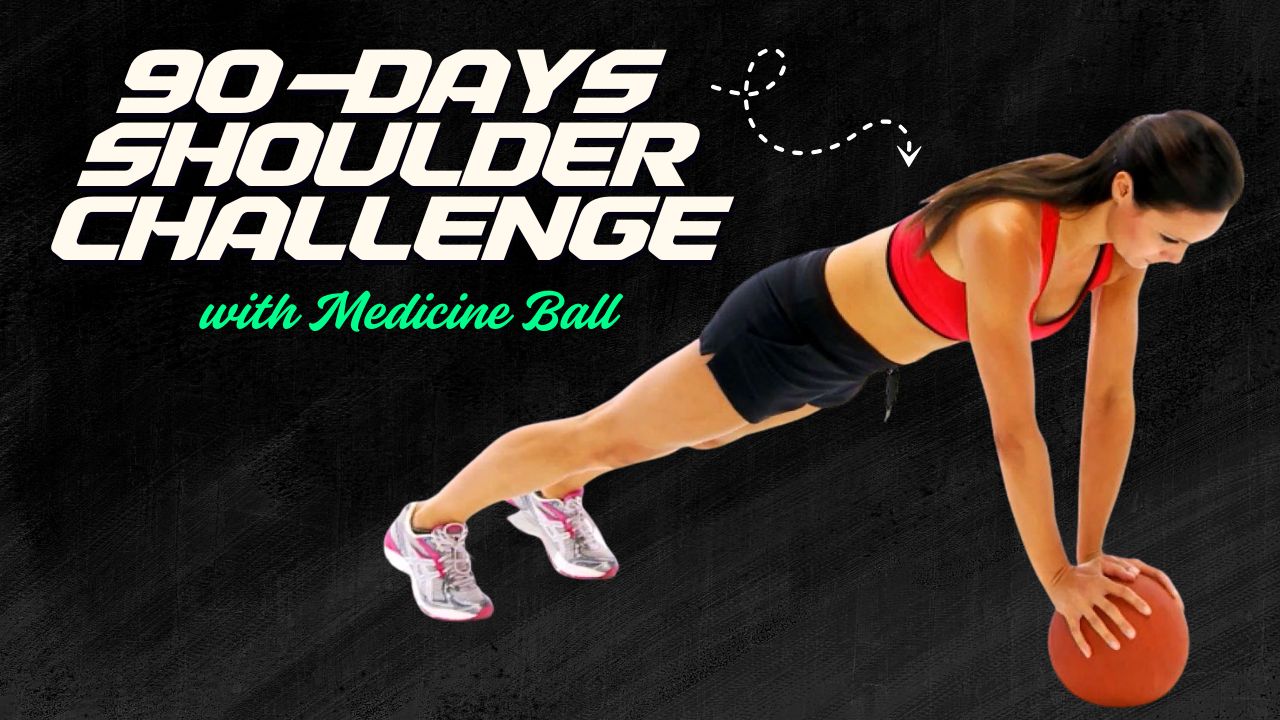Ever wonder why your glutes aren’t firing—even after endless squats?
Here’s a secret most people overlook: your glutes need variety and constant tension to grow—something the Hi-Lo cable machine delivers perfectly.
Whether you’re trying to fix muscle imbalance, enhance athletic power, or simply sculpt a firmer backside, Hi-Lo cable glute exercises are a game changer.
Did you know?
Your glutes are one of the largest and most powerful muscles in the body, yet they’re also among the most inactive for sedentary people. Training them the right way can improve posture, reduce back pain, and boost performance.
Let’s unlock the potential of the Hi-Lo cable machine and dive into 10 killer cable glute exercises, how to perform them properly, and why they’re worth every rep.

Table of Contents
What Can Happen After 30 Days of Hi-Lo Cable Glute Training
| Positive Changes | What It Means |
|---|---|
| Increased glute activation | Your mind-muscle connection improves—glutes fire more efficiently during movement. |
| Firmer, more toned glutes | Visible shape and firmness may begin to appear, especially around the upper and side glutes. |
| Improved posture & alignment | Stronger glutes support your spine and hips, reducing slouching and imbalances. |
| Better control & stability | Enhanced core-glute coordination improves balance during workouts and daily tasks. |
| Boosted gym performance | More power in lifts like squats, lunges, and deadlifts due to better glute recruitment. |
| Less lower back discomfort | Strong glutes help offload strain from your lower back during movement. |
| Visible confidence boost | Many users report feeling stronger, leaner, and more confident in clothes and daily life. |
| Reduced cellulite appearance | Improved blood flow, muscle tone, and fat loss can reduce dimpling over time. |
| Tighter waist-to-hip ratio | Enhanced glute development can create a more contoured, hourglass-like silhouette. |
| Motivation to stay consistent | Visible progress keeps you energized and committed to your fitness goals. |
Do’s & Don’ts of Hi-Lo Cable Glute Exercises
| Do’s | Don’ts |
|---|---|
| Use a full range of motion for every rep | Don’t swing your legs or use momentum |
| Focus on the glute squeeze at the top | Don’t overload with heavy weight too soon |
| Maintain a neutral spine and proper form | Don’t arch your back or lean excessively |
| Keep reps slow and controlled | Don’t rush through the reps |
| Adjust the pulley to the right height for each exercise | Don’t use the same pulley height for all moves |
| Warm up your glutes before starting | Don’t skip activation drills or mobility |
| Start with light resistance to learn movement | Don’t jump into advanced variations immediately |
| Combine different angles (low, mid, diagonal) | Don’t stick to just one movement pattern |
| Train glutes 2–3x per week for best results | Don’t train glutes daily without recovery |
| Include glute isolation + compound variations | Don’t rely on one type of exercise only |
Why Choose Hi-Lo Cable for Glutes?
The Hi-Lo pulley system lets you train glutes from multiple angles—with consistent tension throughout the full range of motion.
Unlike free weights that rely on gravity, cables create horizontal and diagonal resistance, which challenges glute muscles more dynamically.
Benefits Include:
- Constant resistance = better time under tension
- Adjustable height = exercise variation and targeting
- Core engagement due to cable instability
- Enhanced glute activation compared to basic bodyweight movements
10 Hi-Lo Cable Glute Exercises (With “How-To” Instructions)
1. Cable Kickbacks (Low Pulley)
Target: Gluteus Maximus
How-To:

- Attach an ankle strap and set the pulley to the lowest setting.
- Stand facing the machine, hinge slightly forward, and kick one leg back and up.
- Squeeze the glute at the top. Return slowly.
- Do 12–15 reps for each leg.
Why It Works:
It isolates the glutes while eliminating momentum, ensuring maximum contraction.
2. Standing Glute Pull-Through (Low Pulley + Rope)
Target: Glutes and hamstrings
How-To:
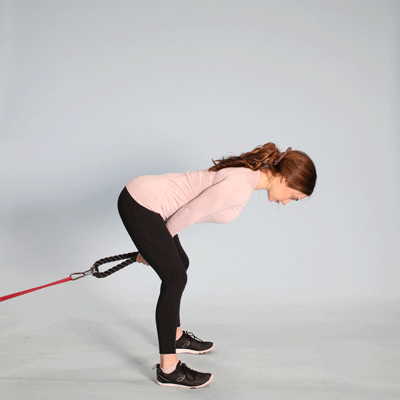
- Attach a rope handle, and step forward with it between your legs.
- Stand tall, then push your hips back into a hinge.
- Pull the rope forward using your hips, not arms. Squeeze glutes.
- Repeat for 10–12 reps.
Pro Tip:
Imagine closing a car trunk with your butt—that’s the hip thrust motion you want.
3. Cable Side-Leg Raises (Low Pulley)
Target: Gluteus Medius (side glutes)
How-To:
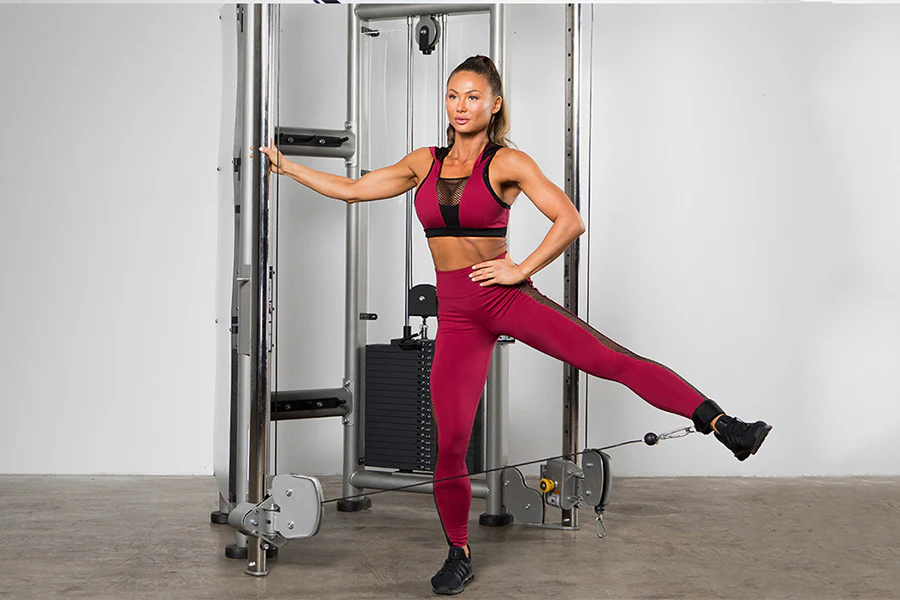
- Use an ankle strap and stand sideways to the pulley.
- Raise the leg away from the body in a controlled arc.
- Hold for a second at the top. Lower slowly.
Perfect For:
Building roundness and symmetry in glutes, especially side shaping.
4. Cable Glute Bridge (Low Pulley)
Target: Gluteus Maximus
How-To:
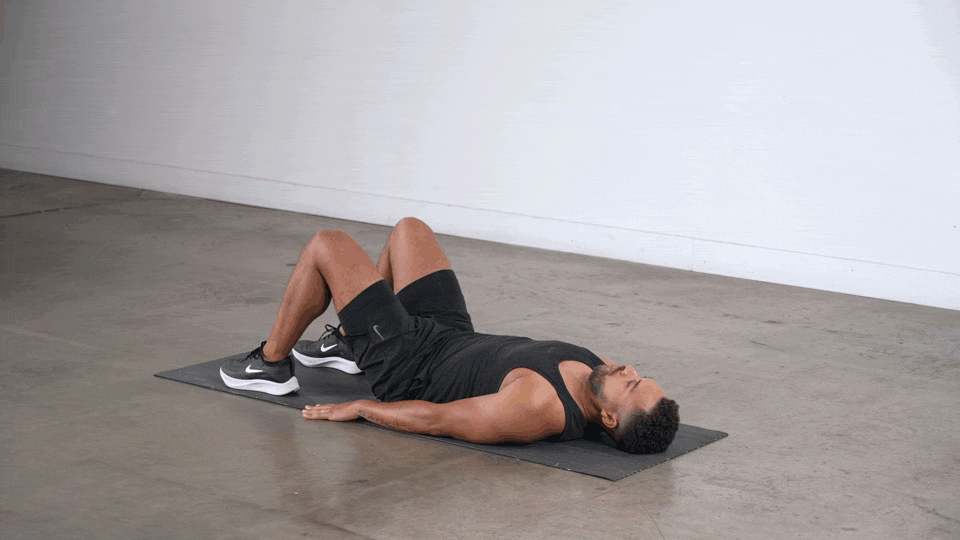
- Set the pulley to low, lie on a mat, and attach a rope to hips via belt or band.
- Anchor yourself by gripping a heavy object.
- Drive hips upward against the cable resistance.
- Pause at the top, and return with control.
Why It’s Unique:
Adds resistance at peak contraction—great for growth.
5. Diagonal Cable Kickbacks (Mid Pulley)
Target: Upper glutes + side glutes
How-To:
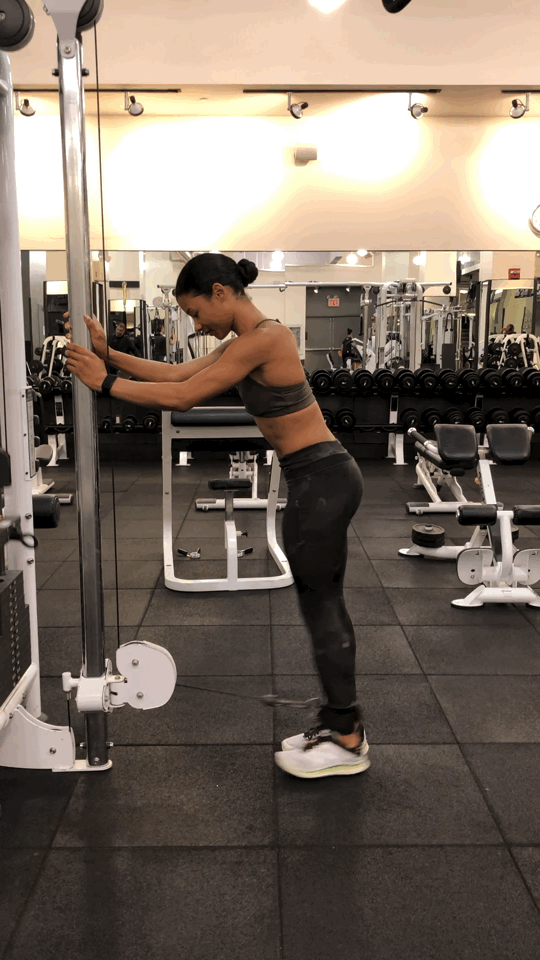
- Stand at a 45° angle from the machine.
- Kick the leg back and slightly across in a diagonal motion.
- Focus on slow movement and strong contraction.
Benefit:
Hits those often-neglected upper glute fibers.
6. Cable Curtsy Lunge (High Pulley)
Target: Gluteus Medius + Gluteus Maximus
How-To:
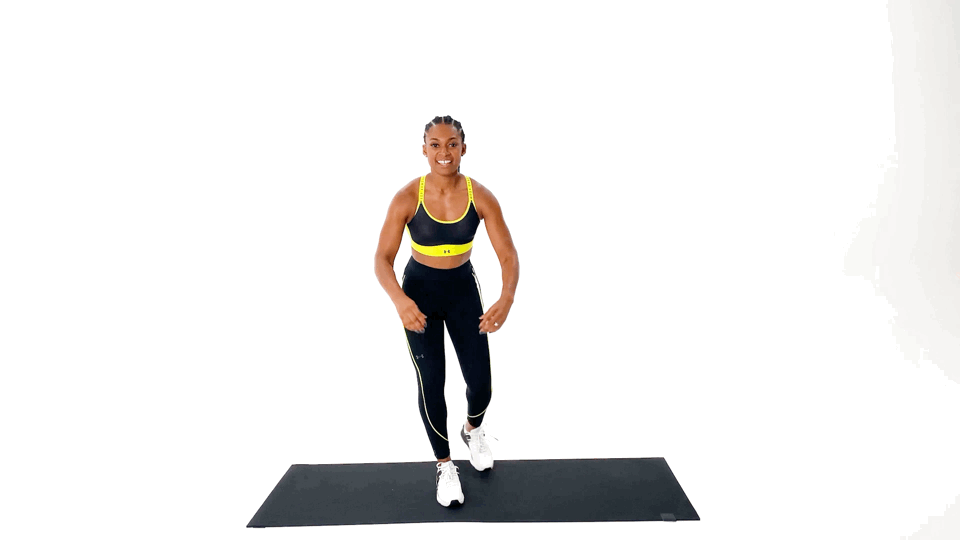
- Attach D-handle at shoulder level. Hold with the opposite hand.
- Step back into a curtsy position (crossed behind), and lunge down.
- Return and repeat on both sides.
Why You’ll Feel It:
This cross-body motion adds hip stability work and glute depth.
7. Cable Romanian Deadlift (Low Pulley + Bar)
Target: Glutes and hamstrings
How-To:
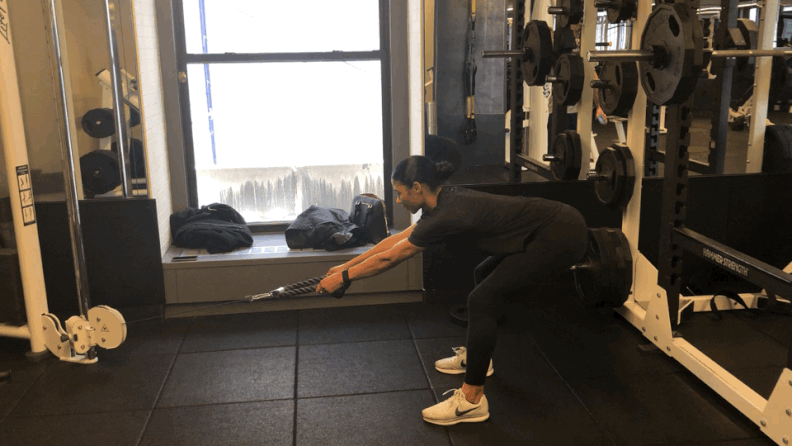
- Attach a bar or rope to a low pulley.
- Hold handles and stand upright.
- Hinge at hips, lower cable toward shins, keeping back flat.
- Drive hips forward to return.
Why It’s Better Than Dumbbells:
The cable keeps resistance constant—especially at the top when the glutes contract.
8. Cable Hip Abduction in Squat Position (Low Pulley)
Target: Gluteus Medius + thighs
How-To:
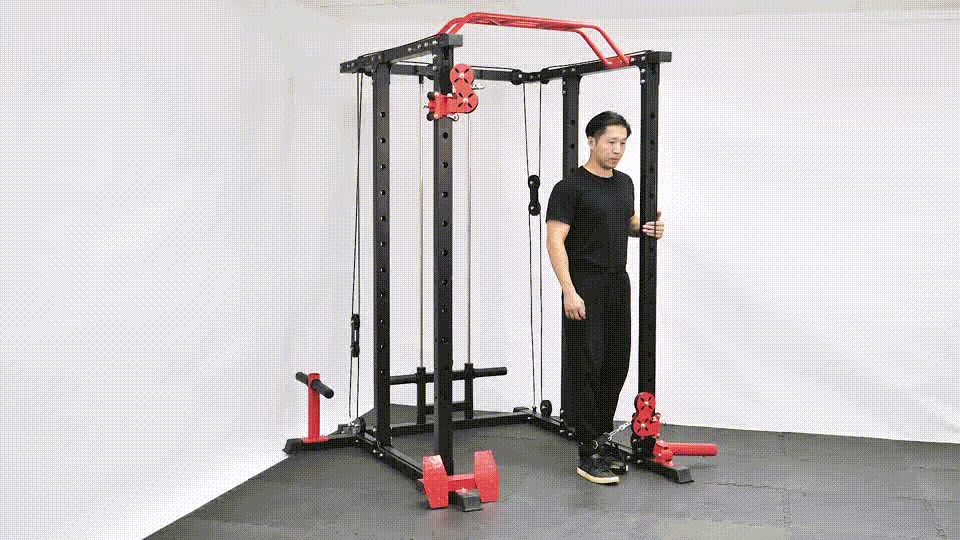
- Squat halfway down and hold.
- Attach the ankle strap and kick one leg out to the side.
- Perform 12–15 reps while staying low.
Burn Alert!
It lights up your side glutes and burns the quads.
9. Kneeling Cable Donkey Kick (Low Pulley)
Target: Gluteus Maximus
How-To:
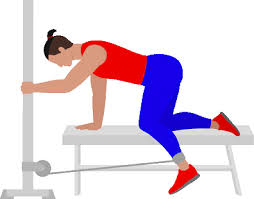
- Kneel on the floor or bench.
- Attach the strap to one ankle and kick upward like a donkey.
- Hold at the top and lower with control.
Bonus:
This variation reduces lower back strain while maximizing glute isolation.
10. Cable Reverse Lunge with Glute Focus (Mid Pulley + Handle)
Target: Glutes and core
How-To:
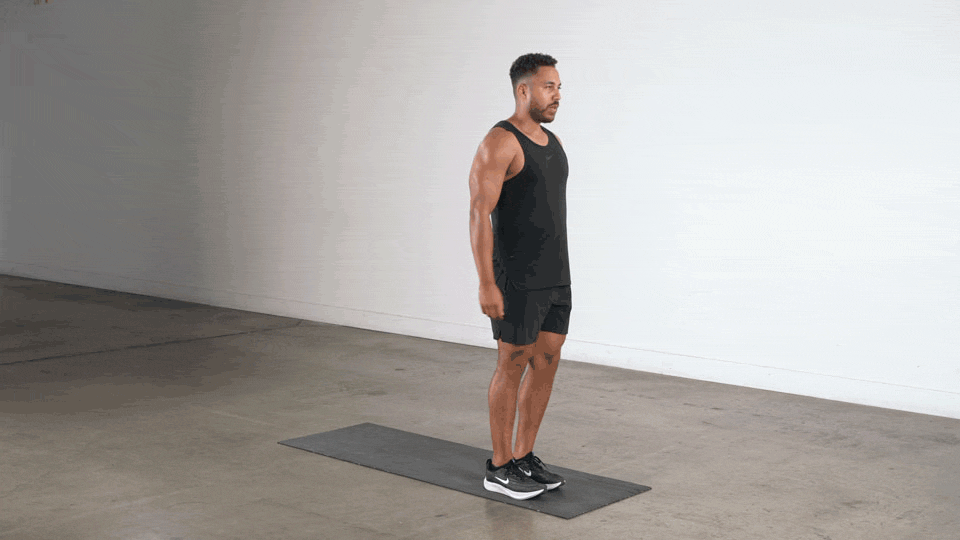
- Hold the handle at chest height. Step back into a lunge.
- Focus on pushing up through the front heel to fire the glute.
- Alternate legs or do one side at a time.
Added Perk:
Cables challenge balance—engaging more stabilizer muscles.
Glute Training Tips with Cables
- Squeeze at the top of each rep. Don’t rush!
- Slow down the eccentric phase (return movement) for better gains.
- Use light to moderate resistance for higher reps (12–15) when targeting glutes.
- Combine exercises to hit all three glute muscles for maximum development:
- Gluteus maximus = kickbacks, bridges
- Gluteus medius = abductions, side raises
- Gluteus minimus = curtsy lunges, stability work
Myth Buster: Will Cable Workouts Make My Glutes Bulky?
Nope!
Glute hypertrophy requires significant overload and volume. Cable training shapes, tones, and builds firmness—not bulk—especially in women. It’s about building lean, strong curves, not size.
Sample Weekly Hi-Lo Cable Glute Routine
Day 1 – Glute Max Focus:
- Cable Kickbacks
- Pull-Throughs
- Glute Bridges
Day 2 – Glute Medius + Stability:
- Side Leg Raises
- Curtsy Lunges
- Hip Abduction Squat
Day 3 – Combo Burn:
- Romanian Deadlift
- Donkey Kicks
- Diagonal Kickbacks
Repeat 2–3x weekly with progressive resistance!
Final Thoughts
Cables aren’t just for arms and abs—they’re your secret weapon for glute gains.
The Hi-Lo pulley system offers a controlled, joint-friendly, and versatile way to fire up every part of your glutes. Whether you’re a beginner or an advanced lifter, adding these movements will level up your lower body game.
So next time you hit the gym, skip the squat rack for a while—and head over to the cables instead.
Frequently Asked Questions (FAQs)
Are cable glute exercises better than squats or hip thrusts?
Not necessarily better—but different. Cable glute exercises offer constant tension, improved isolation, and more variety in movement angles. Squats and hip thrusts are compound lifts, while cables shine for targeted shaping and muscle engagement.
Can beginners do Hi-Lo cable glute exercises?
Absolutely. Most exercises can be done with light resistance and stable posture. Start with basic moves like cable kickbacks and side-leg raises, then progress as your strength improves.
How many times a week should I do these glute exercises?
For best results, aim for 2–3 sessions per week. Make sure to include rest days in between to allow muscle recovery and growth.
Do I need ankle straps for all cable glute exercises?
While many exercises use ankle straps (like kickbacks or side raises), others (like pull-throughs or Romanian deadlifts) use rope or bar attachments. Having a strap adds versatility but isn’t always required.
Will cable workouts make my glutes bulky?
No—unless that’s your goal and you’re using heavy weights and a bulking diet. Cable exercises mostly help in toning, sculpting, and building firmness, especially when done with moderate weight and higher reps.
Can I do these exercises at home?
If you have a home cable machine or functional trainer with Hi-Lo adjustments, yes. Otherwise, these workouts are best performed at a gym that has a Hi-Lo pulley station.
How long does it take to see glute results with cable training?
With consistent workouts (2–3x/week), proper nutrition, and progressive overload, you can start noticing results in 4–6 weeks. Visible shape and firmness often become more noticeable around the 8–12 week mark.
Can I combine cable exercises with free weights?
Definitely. In fact, combining cable and free weight glute movements helps maximize muscle engagement. Try doing hip thrusts or barbell squats alongside cable abductions or kickbacks for full development.
